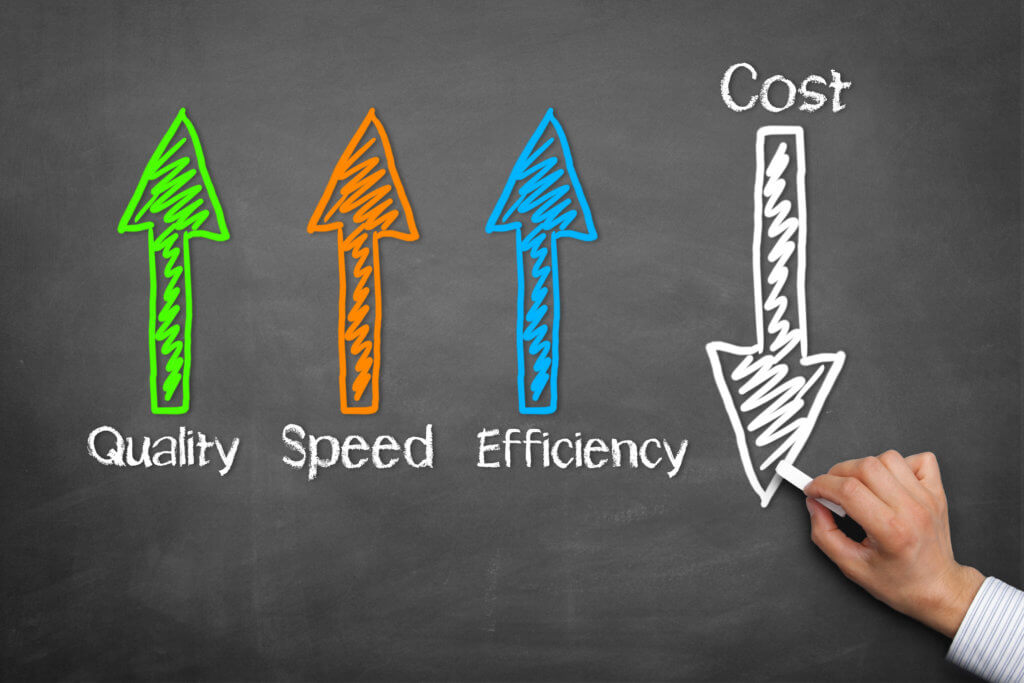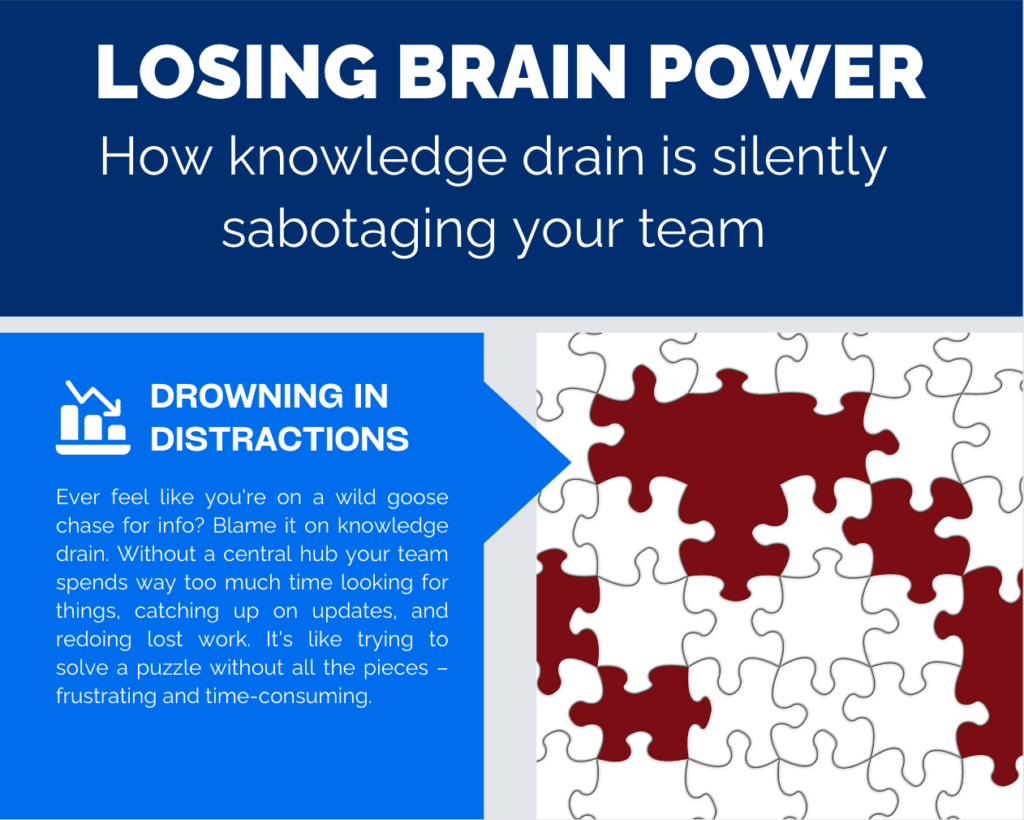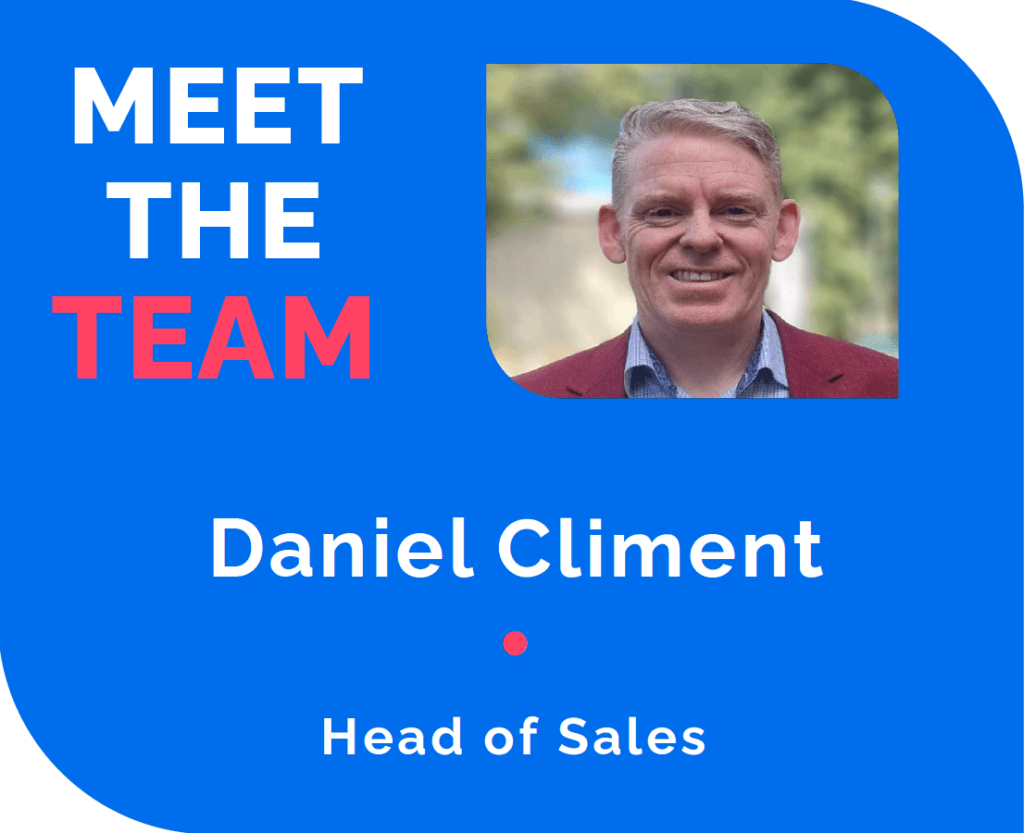
According to the old adage, “if it ain’t broke, don’t fix it”.
It’s a sentiment echoed by children who follow their mother’s recipes (not realising that if they just added a pinch of salt, they could transform her lasagne from good to great). It was probably the same thing aero-architects said when they were looking to make the transition from propellor to jet planes (glad someone ignored that one, right?)
And really, it’s the same response I gave to my husband when he suggested we upgrade our 4WD to an electric vehicle about a year ago. My old car was doing the job. Why would I want to change?
So, I really shouldn’t be surprised when it’s sometimes the response I get from people in the industry when I offer to introduce them to Lumi.
As a TV producer of almost 20 years myself, I’ve worked extensively with the “old guard”, but over the past couple of years, I’ve jumped aboard the Lumi revolution – initially as a user of the platform working on factual documentaries, and now as an employee of the company itself.
In the last 12 months, I’ve heard every hesitation under the sun:
- “I’m too busy to look”
- “What we have is sort of doing the job, for now, it’s not perfect, but it’s fine”
- “Using a massive casting matrix works ok for us, I guess”
- “But we’ve always done it this way. Nobody will want to change”.
Why do so many of us insist on sticking to the old ways? Because it’s safe? Easier? Convenient? Because we’re afraid to rock the boat?
I get it. As a self-confessed technophobe, I understand the reluctance. Dabbling in the unknown can be intimidating. Especially if what you have “ain’t exactly broke” because it does eventually get the job done.
I’ve come to realise while working for Lumi (and switching over to my electric vehicle!) that there is a cost associated with this type of thinking.
Complacency, as defined by Dictionary.com, is “a feeling of quiet pleasure or security…” Sounds harmless, right? Even quite aspirational. But then the definition continues “…often while unaware of some potential danger, defect, or the like”.
Consequences follow when we continuously revert to a position of “it’s almost right, so it’ll do for now”.
Ignoring inefficiency in a business sense is the equivalent of filling your car up at the petrol station for $100 per week when you could be plugging it into your home solar-generated power for free. When you’ve gone from one car to a fleet, or one freelancer to a team, the cost, the comparative inefficiencies, and the danger of running out of gas grows and grows.
It’s not just that you’re losing money and time, but your competition is increasingly doing it right and attracting the star employees who want to drive the Tesla. To continue with the car analogy, they’re going to speed ahead of you at a lower cost to produce more shows, better and faster.
If you choose complacency over movement or progression, you will find that expenses are not reduced, revenue is not increased, there are no efficiencies gained, waste is not cut down, and ultimately, quality is sacrificed.
Discomfort creates movement; movement creates interrogation of the process, and interrogation of the process creates improvement.
Innovation challenges “conventional notions of how things have been done before.” It is always a response to something, and we as humans have never advanced without responding to challenges. Being ahead of the curve, seeing ahead, doing better, and having the courage to try something new just makes better business sense. In my book, that’s a good enough reason to break out of the “comfort zone”.
As a content producer, I have so many things to think about every single day to get my job done right. And I’m thankful for any innovation that makes that easier.



